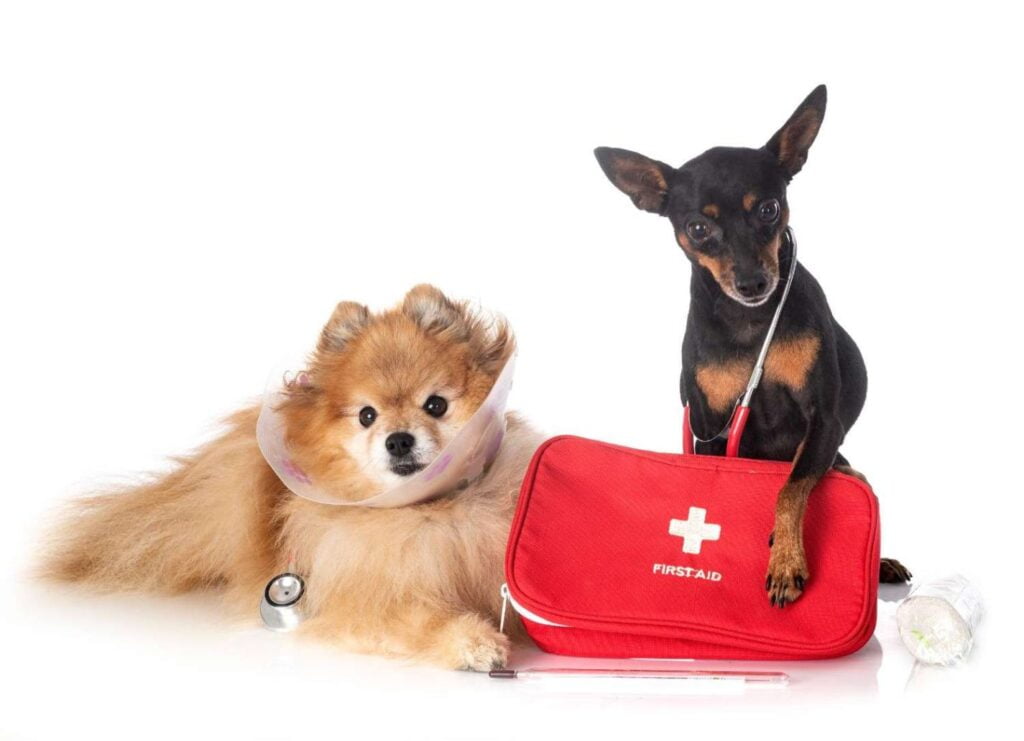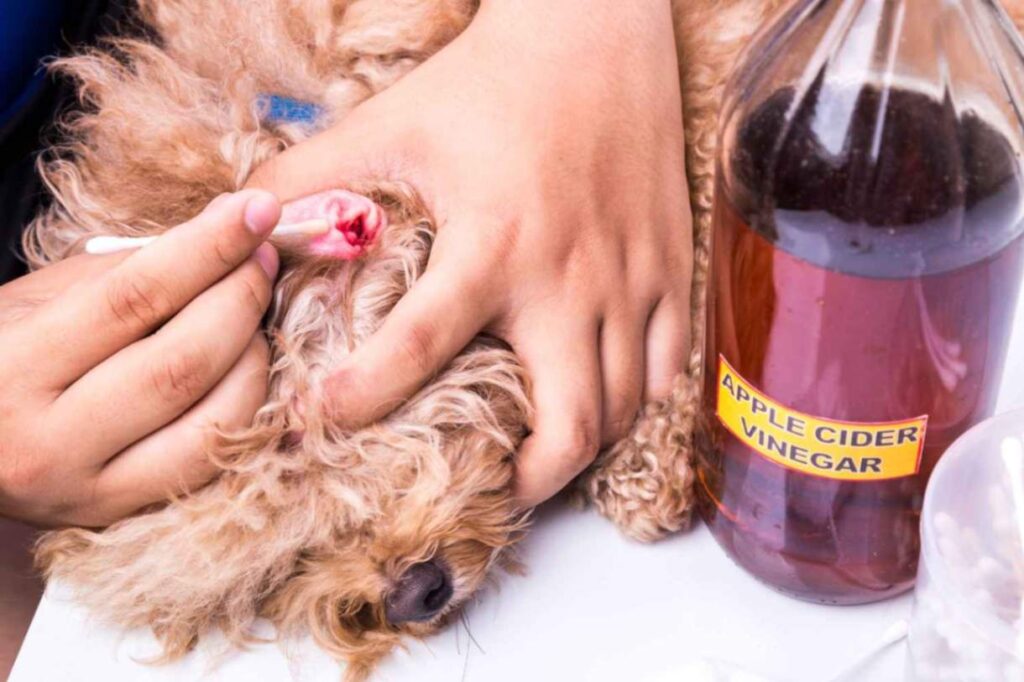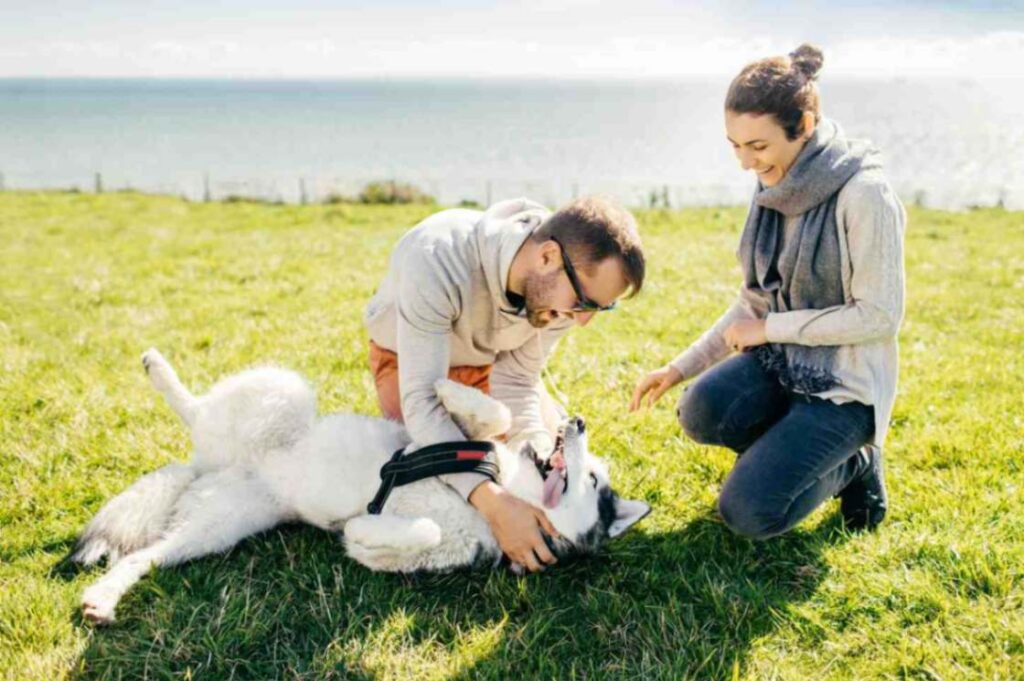As passionate and responsible pet groomers, your job is not limited to transforming your furry customers into pampered perfection. It is also to guarantee the pet’s safety during grooming and performing lifesaving first-aid responses in case of emergency. Mastering pet first aid is a crucial skill that will boost your professionalism and provide a safe and enjoyable experience for the pets in your care.

11 Top Pet First Aid Tips You Should Know
By sticking to the following tips and prioritizing pet safety and well-being, groomers play an essential role in promoting safe grooming sessions and giving compassionate and practical assistance to pets in their charge.
Let’s Look at Some Helpful Tips to Assist You in Learning Pet First Aid
1. Understanding Pet CPR and Rescue Breathing
Pet crises are something no one can avoid; therefore, being prepared is the best tip. Professional pet groomers must be knowledgeable about pet CPR (Cardiopulmonary Resuscitation) and rescue breathing, as they act as first responders in emergencies. The best way to learn rescue breathing is by attending a certified first aid course. These courses teach you the proper animal CPR and rescue breathing procedures suited to specific anatomy for dogs and cats.
2. Recognizing Signs of Distress and Anxiety
Don’t chalk your furry client’s tantrums to a lack of treats and toys. Pets show indications of worry or anxiety during the pet grooming sessions. Understanding these indicators is essential for timely intervention. Watch out for symptoms like excessive panting, trembling, or retracting from the grooming tools. Create a calming and reassuring setting for pets to reduce stress and improve the grooming experience.
3. Creating a Well-Equipped First Aid Kit
Create a pet first aid kit customized to the requirements of a grooming facility. The pet emergency kit must include bandages that stick to dog fur, gauze, antiseptic wipes, styptic powder for nail bleeding, general medication, and a thermometer designed specifically for pets. Check and restock your kit regularly to ensure it is ready for unforeseen situations.
4. Prioritizing Preventive Measures
Prevention is a crucial component of pet care. Implement safety steps to reduce the likelihood of accidents. When grooming items are not in use, store them securely, use nonslip matting, and keep the area clean and free of hazards. Regularly review and update your safety protocols.
5. Handling Common Pet Grooming Injuries

Accidents can happen even in the most well-managed grooming establishments. Learn how to address common grooming injuries such as cuts, scratches, and nail-related occurrences. The pet groomers in Chicago must learn correct wound care, bandaging procedures, and when to seek veterinarian treatment.
6. Investing in Pet First Aid Training
Enroll in recognized pet first aid training classes intended exclusively for grooming professionals. American Red Cross provides online training to aid pets in emergency situations. These courses include various topics, such as wound examination, injury prevention, emergency response, and understanding pet behavior. Certifications from renowned organizations boost your reputation and reassure pet parents that their furry babies are secure in your care.
7. Stay Calm in Emergencies
Groomers must keep their cool in case a situation goes south during the pet grooming session. They must have control over the situation in order to effectively help the anxious pets. Panicking will only make the problem worse by hindering the groomer’s ability to analyze the situation and respond to the pet’s needs quickly. Staying calm allows groomers to concentrate on providing proper first aid and requesting extra assistance if needed.
8. Assess the Situation
Groomers should be able to swiftly examine the severity of a pet’s injury and administer the best treatment course. Accessing the situation means checking for any signs of injury (external or internal) and recognizing the signs of distress. Before taking urgent care steps, pet groomers must consider a pet’s age, breed, and medical history. This helps groomers decide whether to offer first aid on-site or seek an emergency veterinarian aid.
9. Establishing a Communication Protocol with Pet Parents

Open communication with pet parents is essential for a good pet grooming experience. Discuss any pre-existing medical issues, allergies, or sensitivities their dogs may have. Keep a note of emergency contact information and notify parents immediately if any problems arise throughout the pet grooming session.
10. Stay Updated
Continuous learning and staying up-to-date on the newest developments and best practices in pet first aid are critical for groomers to improve their knowledge and abilities and adapt to changing industry standards. Groomers should look for chances for professional development, attend workshops or seminars, and remain current on pertinent guidelines and suggestions from credible sources and professional organizations.
11. Seek Veterinary Assistance When Necessary
Groomers should know their limitations and know when to seek veterinarian aid if a pet requires medical treatment that exceeds their knowledge or if they need clarification on how to continue. Going to a veterinarian ensures that pets receive the proper diagnosis, treatment, and follow-up care to address their health issues properly.
Stay Aware, Stay Prepared
Learning pet first aid demonstrates a dedication to the well-being of the furry friends entrusted to your care. Incorporating these top principles into your grooming business improves salon safety and establishes you as a groomer who emphasizes the health and pleasure of each pet client. Pet groomers must stay aware and prepared and continue to provide the love and attention that distinguish their grooming services.

0 Comments